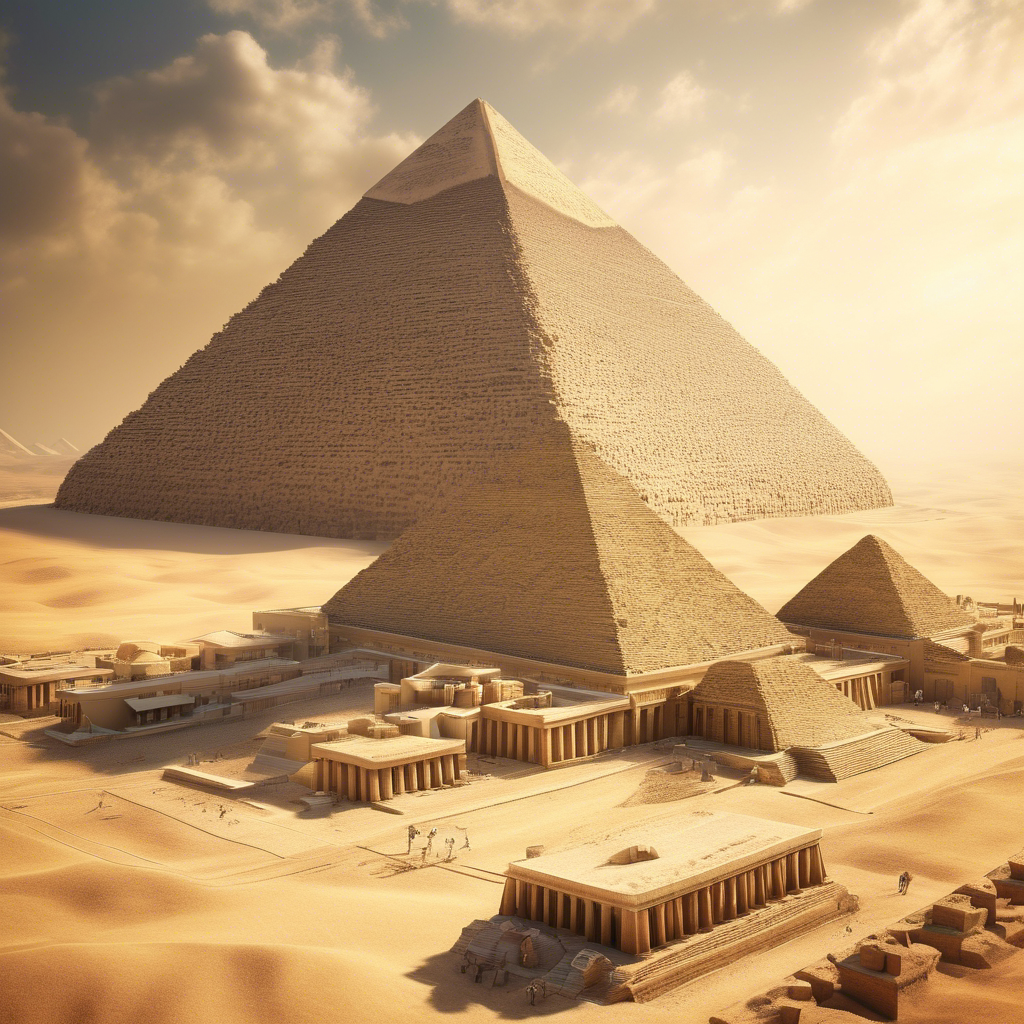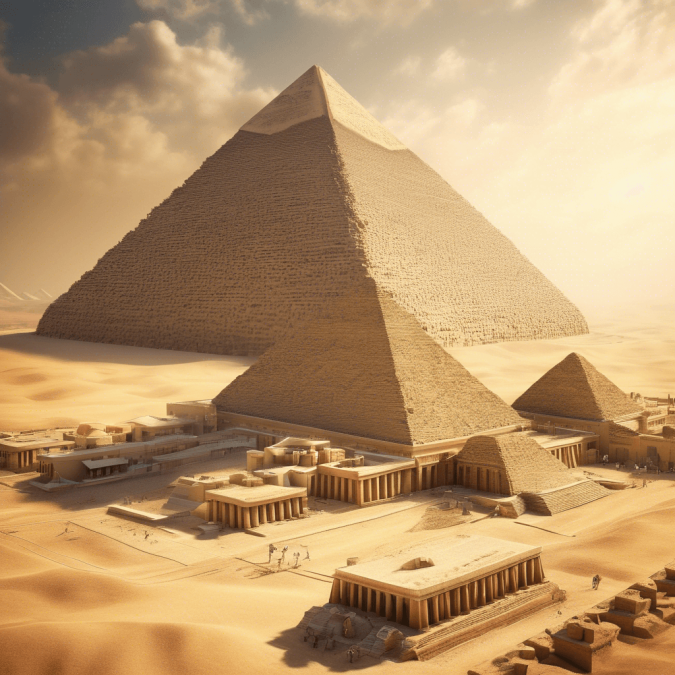
The Giza Pyramid Complex is arguably the most famous archaeological site in the world, located on the outskirts of Cairo, Egypt. This ancient structure has captivated the minds of historians, archaeologists, and tourists alike for centuries, serving as a testament to the incredible engineering skills of the ancient Egyptians. The history of the Giza Pyramids dates back over 4,500 years, making them some of the oldest and most enduring monuments on earth.
The construction of the Giza Pyramids is believed to have taken place during the Fourth Dynasty of the Old Kingdom period of ancient Egypt, around 2580-2560 BC. The three main pyramids at the site were built for the pharaohs Khufu, Khafre, and Menkaure, with the Great Pyramid of Khufu being the largest and most impressive of the three. These massive structures were built using millions of limestone blocks, each weighing several tons, and were meticulously aligned with the cardinal points of the compass.
The exact methods used by the ancient Egyptians to construct the pyramids remain a topic of debate among scholars. Some theories suggest that ramps were used to transport the heavy stone blocks to the construction site, while others propose that a combination of ramps and sledges may have been employed. Regardless of the specific techniques used, the sheer scale and precision of the Giza Pyramids are a testament to the advanced engineering capabilities of the ancient Egyptians.
The discovery of the Giza Pyramids in modern times is credited to Napoleon Bonaparte and his expedition to Egypt in the late 18th century. During his military campaign in Egypt, Napoleon’s forces uncovered the ancient ruins of the Giza Pyramids, sparking a renewed interest in Egyptian history and archaeology across Europe. The subsequent excavation and study of the pyramids by European scholars helped shed light on the culture and technology of ancient Egypt, revealing a wealth of knowledge about the civilization that had built these monumental structures.
The impact of the Giza Pyramids on people’s lives and the course of history cannot be overstated. These ancient monuments served as tombs for the pharaohs, providing them with a pathway to the afterlife according to Egyptian religious beliefs. The construction of the pyramids also required a vast workforce of laborers, architects, and craftsmen, whose efforts contributed to the growth and development of Egyptian society.
The Giza Pyramids have also played a significant role in shaping our understanding of ancient civilizations and their achievements. The precise alignment of the pyramids with the stars and the solstices demonstrates the advanced astronomical knowledge of the ancient Egyptians, while the intricate hieroglyphics and carvings found within the pyramids provide valuable insights into their religious beliefs and cultural practices.
In addition to their historical and archaeological significance, the Giza Pyramids have become a symbol of Egypt’s cultural heritage and a major tourist attraction, drawing millions of visitors from around the world each year. The pyramids serve as a reminder of the ingenuity and creativity of the ancient Egyptians, inspiring awe and wonder in all who behold them.
In conclusion, the history of the Giza Pyramids is a testament to the enduring legacy of ancient Egypt and the remarkable achievements of its people. From their construction over 4,500 years ago to their discovery by Napoleon and subsequent study by scholars, the pyramids have left an indelible mark on the world. The impact of the Giza Pyramids on people’s lives, the field of archaeology, and our understanding of history cannot be overstated, making them one of the most iconic and revered landmarks in the world.
